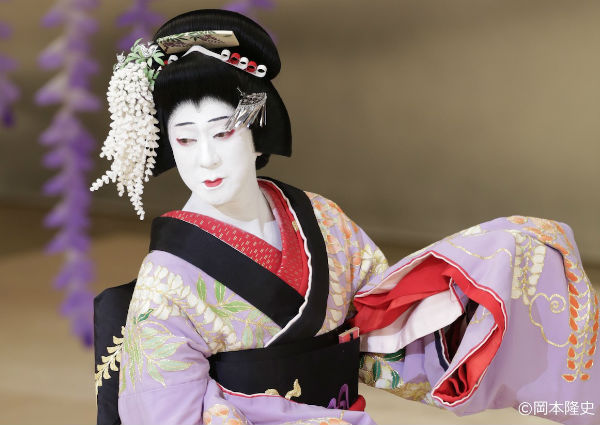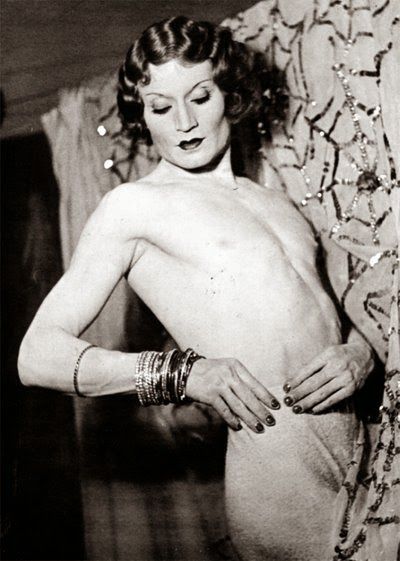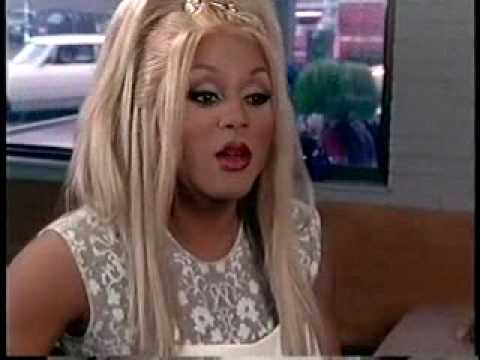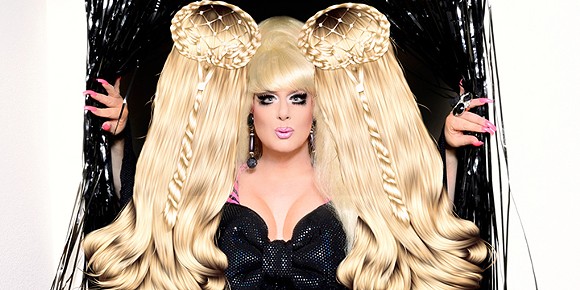
Whether you love them or not, you have to admit that drag has been a large part of the LGBTQ community. Many of the early activists were drag queens. They have offered social commentary, humor, unity, and escape from the lives we lead. Recent years has seen an increase in their popularity amongst all people. We have also seen increases in media focus, from TV shows to starring in movies. They have made an impact, but have you ever wondered where it started and why it’s such an integral part of our community?
It may be best to start with a definition and I will preface this and say that like many labels, the term drag queen can refer to many types of people. For the sake of this post we will talk about the female impersonation aspects, where men dress as women with the intent of performing in front of an audience. Many drag queens distance themselves from those who use hormones or reassignment surgery. In many drag competitions, those who use hormones and reassignment surgery are often banned, as a means of not playing fair. For instance the large negativity that surrounds RuPaul’s Drag Race for turning down transgender performers. So again, in the scope of this post we will be talking about men who use makeup clothing, padding, and tucking for their means of creating their illusions. This is for fact of simplicity and not a means of segregation. No offense is intended.
My first experience with drag queens came from the first man I dated. I mentioned him in other posts his name was Shawn. Shaw was a drag queen and went by Traci Richards in the last years of his performing. When we started dating he told me about his persona and made sure I was ok with it. My only question to him was why he did drag. His answer to me was it was a way he paid honor to the strong women that he admired in his life and it was his way of honoring that strength the provided. Many drag queens I have met have had similar feelings about their craft. They all share the thought that they put on “drag” to perform and then take it off to live their lives. To me, that is the fundamental difference between drag queens and transgender. They are men who identify with the sex they were born, but also use drag as a means to share an identity they have inside of them.

There is debate on when it actually started and yes there are people who actually research and have published theories and studies about drag queen culture. Many feel the origin comes from dressing in feminine attire for religious ceremonies and can be traced to Ancient Egypt. There is documentation of cross-dressing among Aztecs and Inca civilization and widely used in Japanese theater. In Japanese theater the use of drag divides the difference between Kabuki and Noh dramas. Noh is a folk dance associated with rice planting and fertility and used female actors wearing masks and followed stylized routines. Whereas Kabuki is known for female impersonators carefully made up, speak in falsetto voices and move to suggest femininity. Even in ancient Greece, men were used to play female roles in plays and wore masks to represent female deities and person.

What we know as drag didn’t take shape till about the 19th century with vaudeville performers. Joe E. Jefferys, a drag historian who teaches theater studies at NYU Tisch Drama, states that drag “was a popular act in the numerous vaudeville theaters across America from the turn of the 19th century until the late 1930s.” It was during this time that the mocking personas of the “wench” and the “primadonna” were birthed. Even still, the idea of drag queens were not inextricably linked to the LGBTQ community. This probably happened around the end of the 1930s and was largely due the growing field of sexology and its discussion of a “third sex.” During the 1930s more scientific conversations where working their way into popular culture and started linking drag with homosexuality. Due to these conversations we saw an end of “Straight men” dressing for theater and solely being associated with gay men. Jefferies goes on to say, “Until gay bars emerged, either clandestinely or legally, the drag queen was bounded by private parties, and even then police raids were possible.”
“The first true drag queens rest in little remembered bars. Jose Sarria as San Francisco’s Black Cat in the 1950s is perhaps an early example if we go down this path… but they worked in front of largely heterosexual audiences and would take offense to being called drag queen. To them, this was a lower classification of the streets and bars and amateur compared to the female in personation they offered,” states Jefferies. Drag queens were the newer additions to the more gay friendly places that were starting to pop up during this time. This is where we see the transformation of drag that leads to its modern version. The female impersonation side was made more comedic and relegated to TV and movies. Take for example Some Like It Hot (1959), Tony Curtin and Jack Lemon wee two men posing as women through the film. Drag Queens were the ones now performing in bars and creating a rise amongst the LGBTQ community. There is controversy as to whether those behind the Stonewall Riots were drag queens or early part members of the transgender community, either way they spearheaded the modern civil rights movement for the LGBTQ community.

According to Jefferies, drag became a “powerful movement in NYC during the late 19802 and 1990s”. This was helped by the East Village performance scene and the rise of Wigstock. This was the era that gave birth to legends like Divine. Divine was most notable for her work with John Waters in movies like Pink Flamingos.Wigstock was the outdoor festival in New York that was focused on the drag community and was founded by Lady Bunny. She was notoriously known for the ability to make a fool of herself and invited her audience to laugh along with and at her. In an interview, Lady Bunny recounts her first performance at the Pyramid. “I was so inexperienced that the spot lights were blinding me, and I fell off stage. I somehow managed to get back up, wig askew and one shoe missing, and finished the number, which was a crowd pleaser, and I was a fixture at the Pyramid for the next six or seven years.” Celebrity Drag Sensation RuPaul also got her start at Wigstock.



The 1990 movie Paris Is Burningchronicles the Harlem drag balls. These balls were not just men in drag but also men performing in various kinds of “drag.” The Harlem balls gave rise to the fabulous Pepper LeBeija. This was also the place where the art forms of “Reading” and “Throwing Shade” started. In case you aren’t aware of how a “reading” works, you find a flaw in a person and exaggerate it and doing so in such a way that you don’t just come right out to point out the flaw. The 1990s also gave rise to drag focused movies, Adventures of Priscilla: Queen of the Desert, Too Wong Foo. Thanks for Everything! Julie Newmar, and The Birdcagebeing the most notable.

Even during this time, drag queens were still largely popular only with the LGBTQ community. This started to change in 2009 with the appearance of RuPaul’s Drag Race. It was here that drag culture was pulled out of the dark and dank gay bars and thrust out like DDD tits into mainstream. No longer did hordes of heteros have to sneak to the red light district of their towns, take two hour trips, or find the only gay in the village to take them to a bar, all they had to do was pop their corn and huddle around the tub on their ratty old sofas. RuPaul’s show did search country wide to pull some of the best talents available to come on her show and judged for their fishyness. It also became a venue for the masses of would be drag queens to see talent and focus on making their own way into drag community. As many places are seeing a decline in LGBTQ bars, this may be the only place many baby drag queens get to experience a show and also gives them icons to look up to.
No matter your opinions of drag queens, they have been an integral part of our community. Over the years it has went from onstage productions to Reality TV Show. Gay men have used it as a means of expressions since the 1950s and an outlet for activism, as well as showpersonship. We cannot deny the impact that drag has had on our community and will continue to have. Even amidst the controversy, remember to show our drag sisters support as they so often show for our community.
Thank you. I think I learned something. 🙂
LikeLiked by 1 person